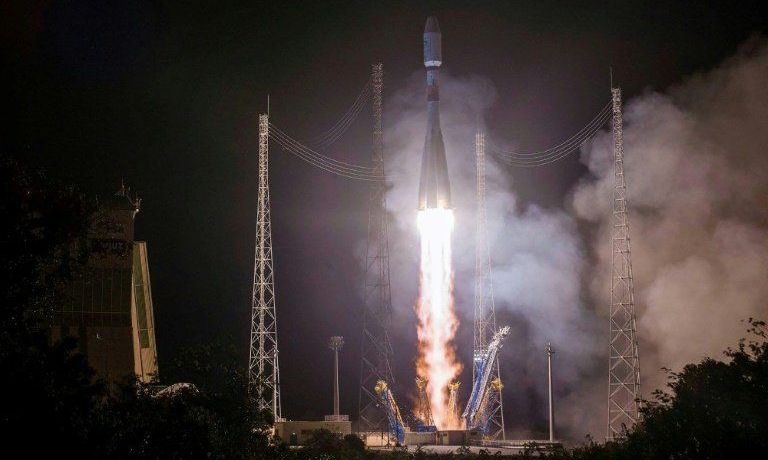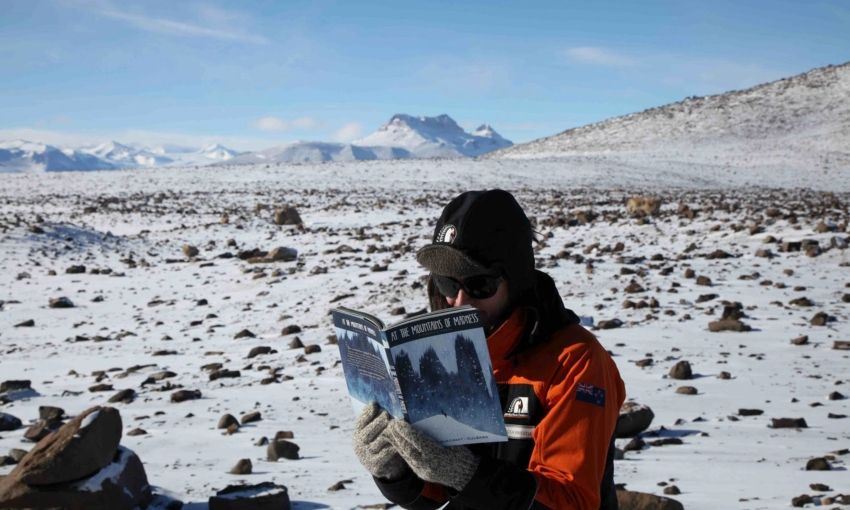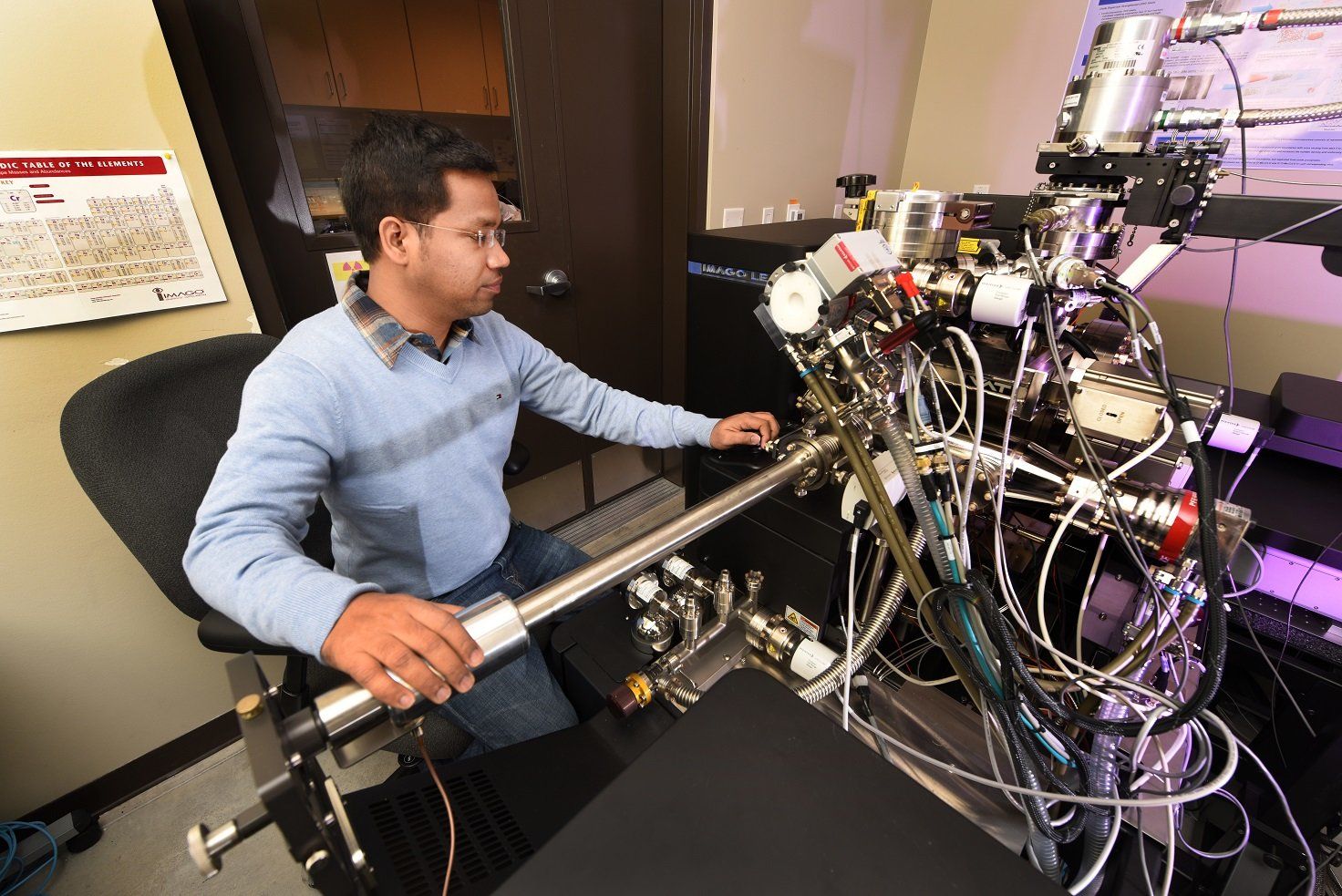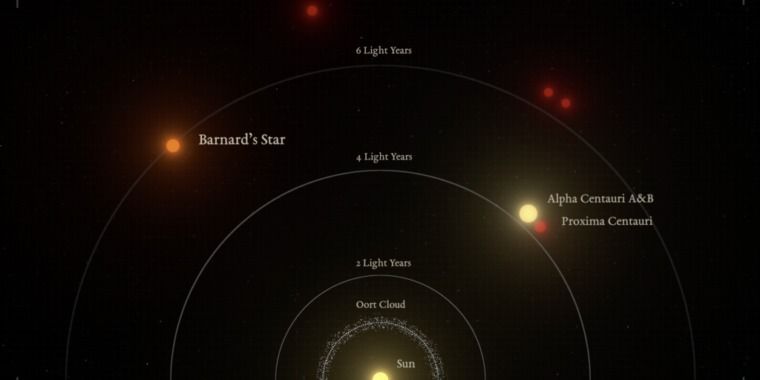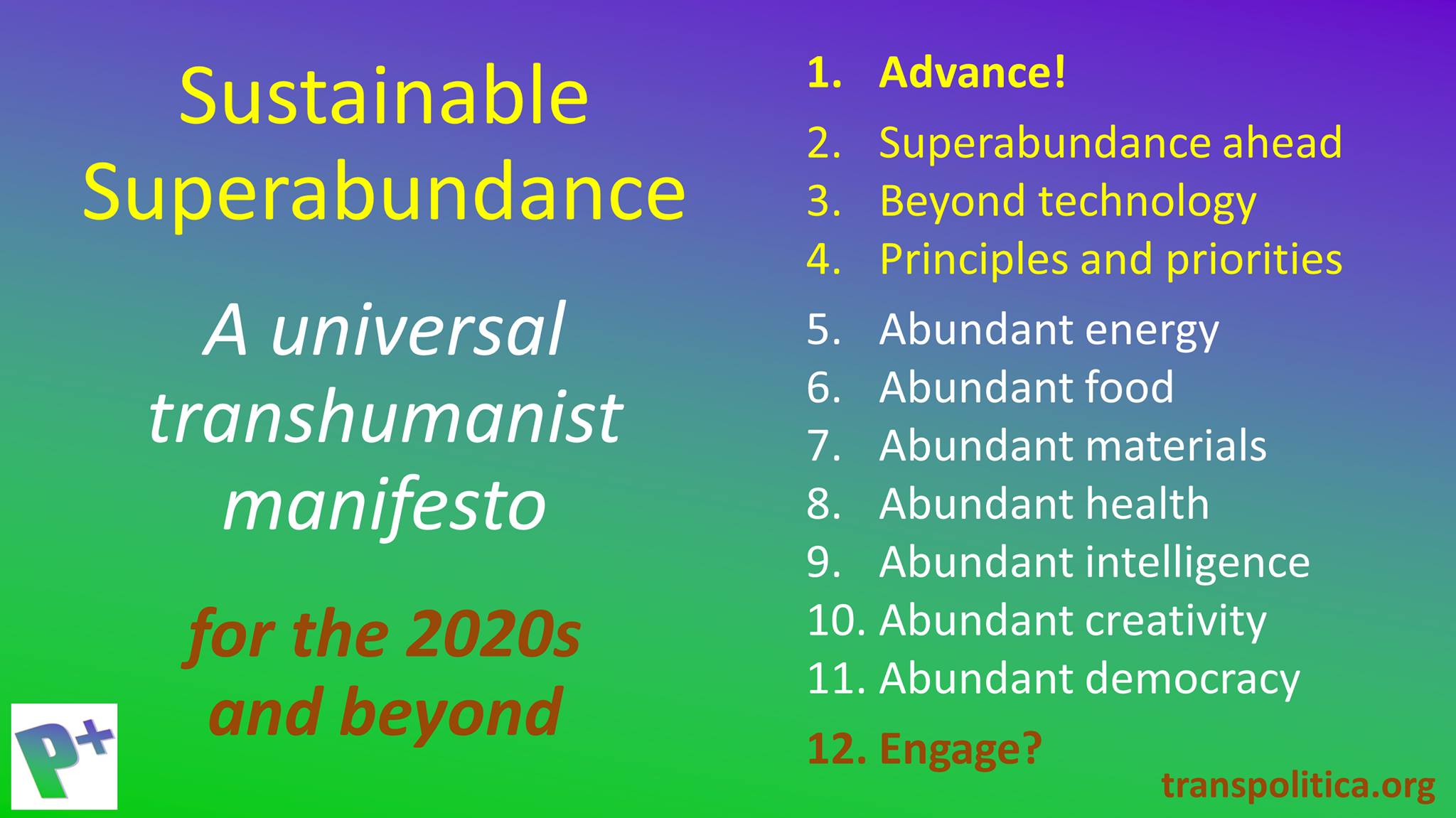Researchers from the Departments of Chemistry and Engineering Science at the University of Oxford have found a general way of predicting enzyme activity. Enzymes are the protein catalysts that perform most of the key functions in Biology. Published in Nature Chemical Biology, the researchers’ novel AI approach is based on the enzyme’s sequence, together with the screening of a defined ‘training set’ of substrates and the right chemical parameters to define them.



